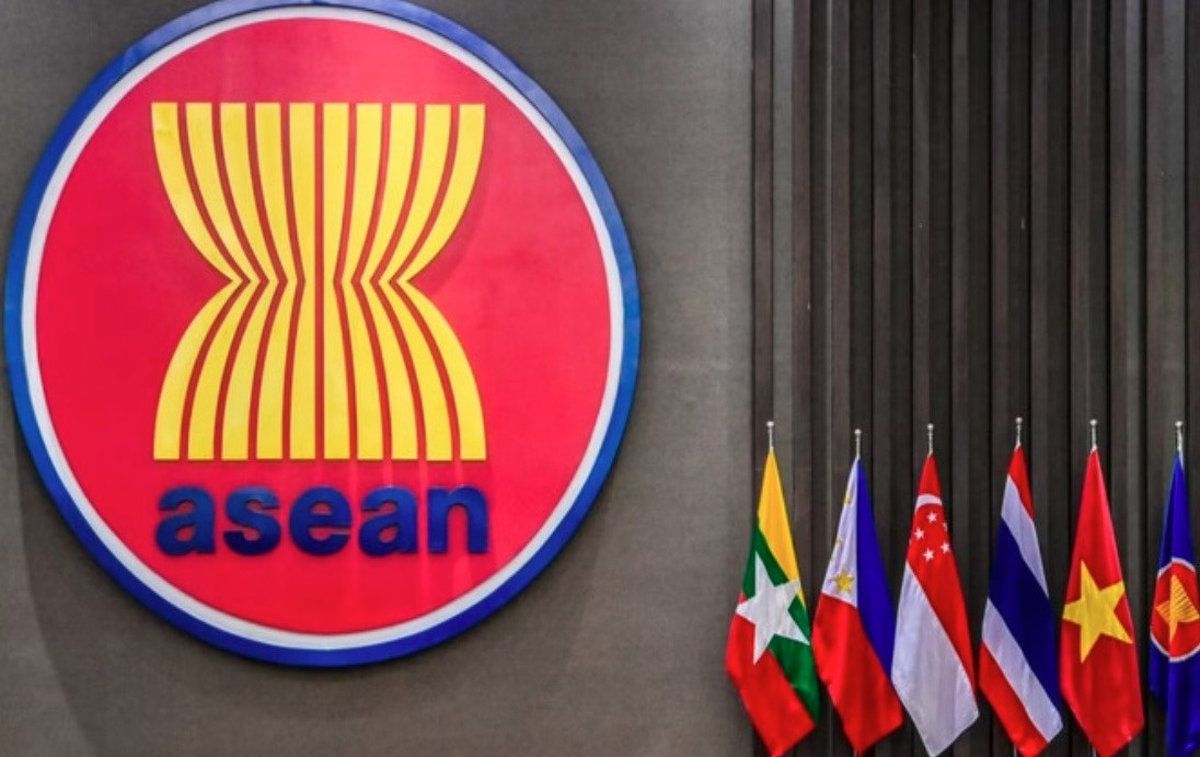KUALA LUMPUR: ASEAN needs to double down on streamlining regulations and cutting red tape, including harmonising customs procedures, to unlock the full potential of sub-regional groupings.
Besides lowering costs, this would facilitate the operations of food-based small and medium enterprises, reduce transport and logistics barriers, attract investments and help alleviate poverty in these areas.
UOB Kay Hian Wealth Advisors Sdn Bhd head of investment research Mohd Sedek Jantan flagged non-tariff barriers, which only raise costs and slow down cross-border trade and investment in such areas.
This is particularly the case for the Indonesia-Malaysia-Thailand Growth Triangle (IMT-GT) and the Brunei Darussalam-Indonesia-Malaysia-Philippines East ASEAN Growth Area (BIMP-EAGA) sub-regional groupings.
“Non-tariff barriers (NTBs) are the sand in the gears of sub-regional development,” he told Bernama in an interview recently..
Echoing his sentiment, International Islamic University Malaysia associate professor of Economics Dr Muhammad Irwan Ariffin said that despite ASEAN’s efforts to reduce tariffs, the rise in NTBs is choking the potential of IMT-GT and BIMP-EAGA.
He said it is not due to a lack of potential in these regions, but rather because the systems surrounding them remain fragmented and inward-looking.
“These subregions suffer from a ‘dual-periphery’ trap — being both geographically remote and institutionally marginalised due to NTBs,” he said.
Mohd Sedek said that despite progress on infrastructure, complex border procedures, misaligned regulations and high indirect costs — especially in BIMP-EAGA, where trade costs are 10 to 15 per cent higher due to inconsistent customs practices — continue to slow things down.
“However, efforts are underway to tackle these challenges,” he said, adding that the Manila-based Asian Development Bank is supporting digital customs platforms, upgrades to Customs, Immigration, Quarantine and Security (CIQS) systems, and harmonised halal standards.
“IMT-GT’s Single Window system, for instance, has slashed clearance times by 30 per cent, and intra-EAGA trade has jumped 133.6 per cent since 2016,” he said.
Mohd Sedek said there was a need for ASEAN to intensify efforts in streamlining regulations and reducing bureaucratic hurdles to fully realise the benefits of IMT-GT and BIMP-EAGA.
Muhammad Irwan said the lack of standard sanitary and phytosanitary measures among ASEAN members results in exporters facing inconsistent health, safety and agricultural regulations across borders.
He said this is particularly challenging for agriculture and food-based small and medium enterprises, which are core industries in both subregions.
He added that differences in product standards, labelling and conformity assessments lead to technical barriers to trade, which increase compliance costs and cause delays for manufacturers and exporters, especially in rural and resource-based sectors.
Another major constraint faced by both subregions is transport and logistics barriers, arising from poor infrastructure connectivity in border and maritime areas.
“This results in higher transportation costs and unreliable delivery times. Several cross-border roads and ports remain underutilised due to bureaucratic bottlenecks,” he added.
ASEAN, IMT-GT and BIMP-EAGA Should Diversify Trade Partners
Muhammad Irwan said that due to volatility in the economic environment, such as tariffs imposed by the United States, ASEAN and its subregions should diversify their trade partners within intra-ASEAN, East Asia and the Middle East.
He said ASEAN needs to build resilient internal value chains that are less exposed to major power frictions.
He added that the IMT-GT and BIMP-EAGA subregions can strengthen intra-ASEAN trade corridors and value chains, such as in halal goods and agricultural exports, as well as palm oil, and potentially serve as regional buffers to global disruptions by localising production and logistics.
“The US tariff shift may disproportionately impact export-reliant and underdeveloped regions. IMT-GT and BIMP-EAGA contain some of ASEAN’s poorest and most rural areas. Ignoring them would widen regional inequality, threaten social cohesion and limit ASEAN’s long-term stability,” he said.
He added that the ongoing US-China tensions and the imposition of new tariffs are prompting global firms to adopt a “China+1” or “China+ASEAN” strategy to diversify their supply chains.
As such, he said IMT-GT and BIMP-EAGA could capitalise on supply chain shifts in low-cost manufacturing zones, green energy hubs (particularly in BIMP-EAGA), and halal production centres (notably in IMT-GT), as well as by developing strategic logistics corridors near maritime chokepoints.
He said these strategies could attract investment fleeing tariff-affected zones.









